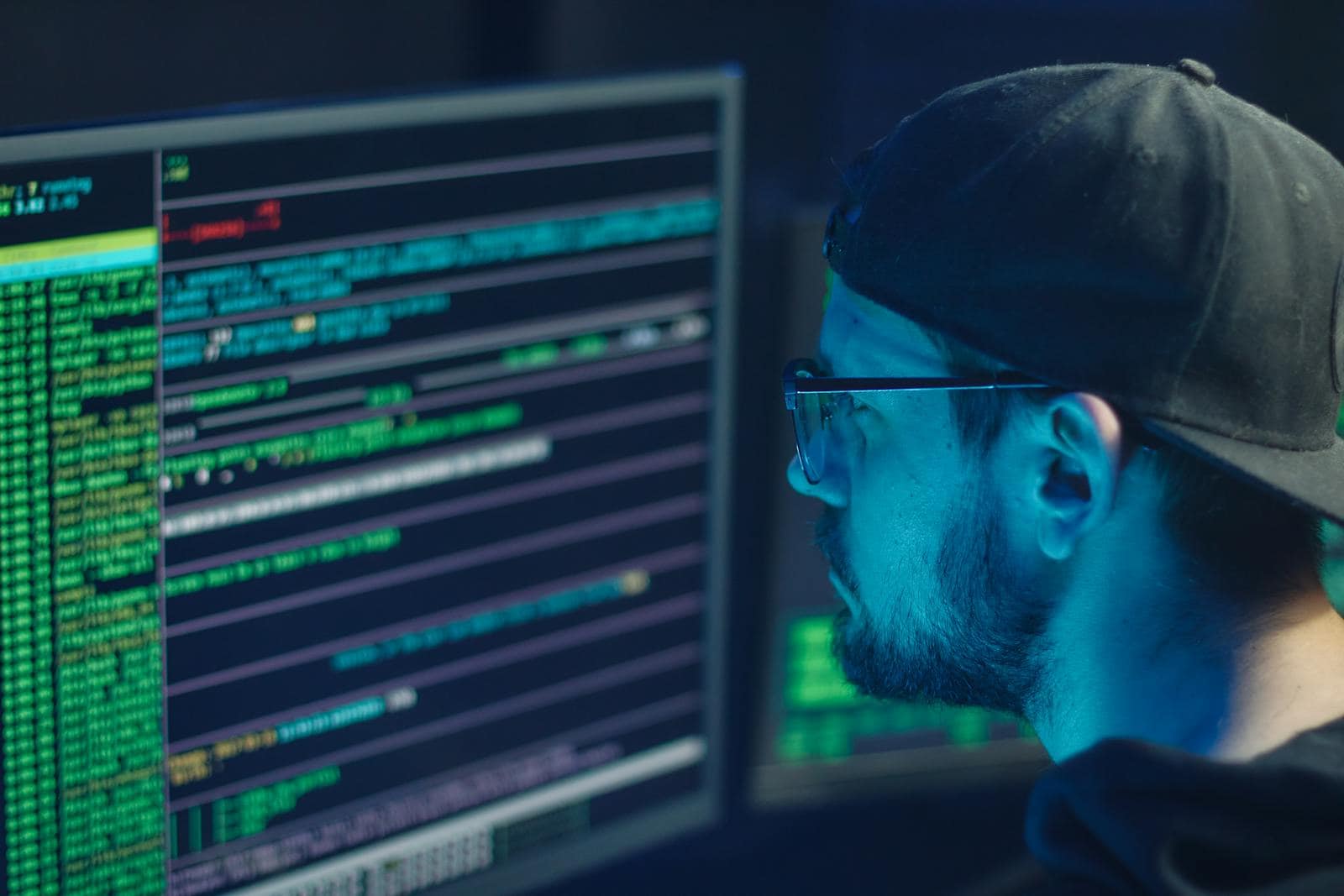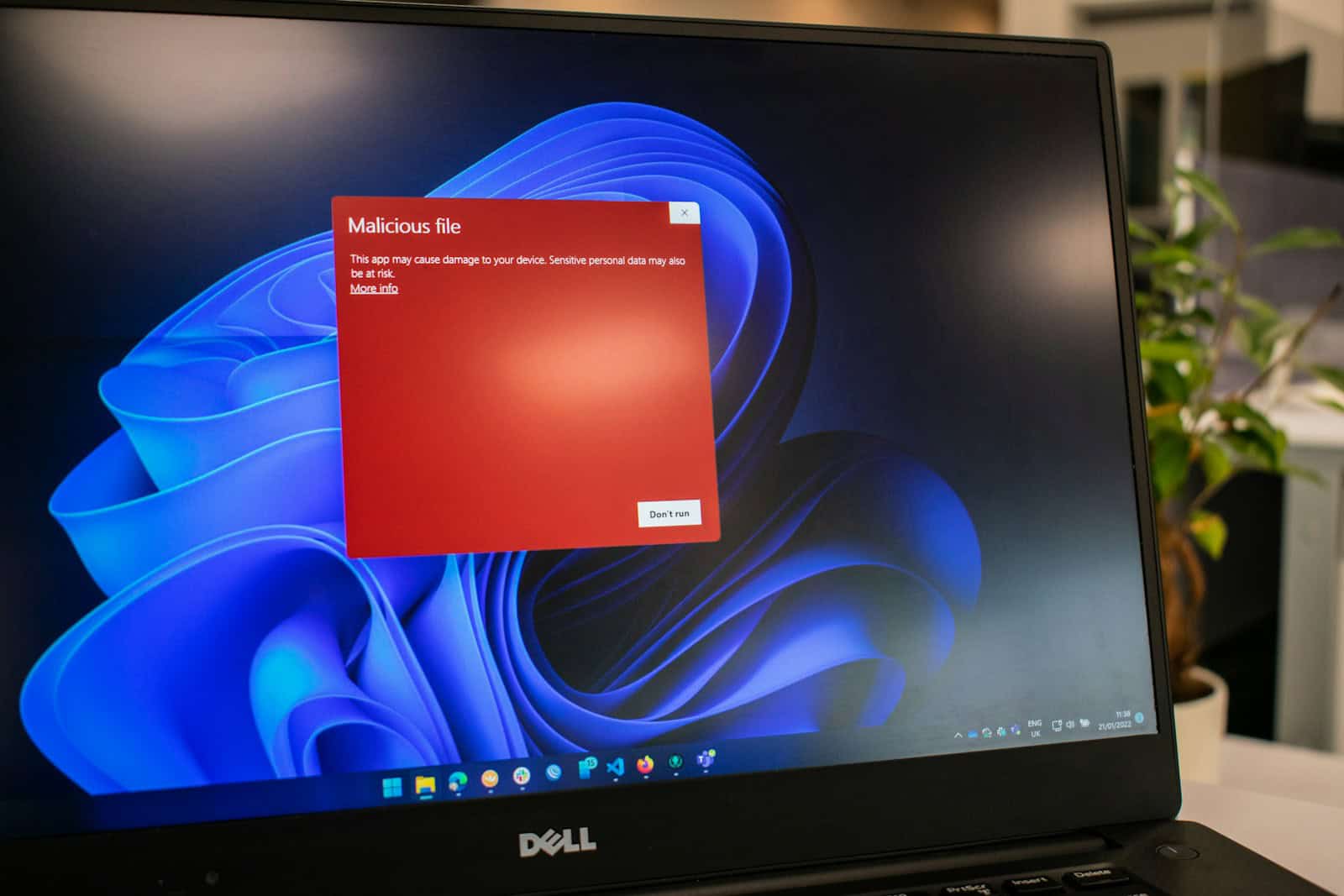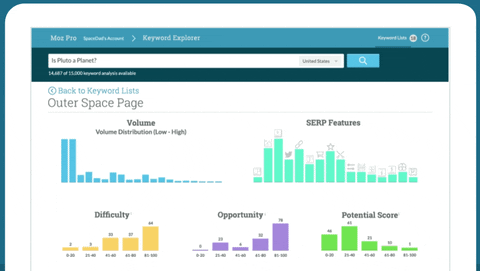Understanding advanced malware is crucial for anyone who interacts with technology. Advanced malware refers to sophisticated malicious software, designed to infiltrate systems, evade detection, and execute harmful actions. Unlike traditional malware, which often relies on known vulnerabilities or simple tactics, advanced malware employs a variety of techniques to remain hidden and persistent.
This includes the use of encryption, polymorphism, and rootkits, which can manipulate system processes and hide their presence from standard security measures. It’s evident that Malware creators are constantly innovating. They leverage social engineering tactics to trick users into executing malicious code, often disguising it as legitimate software or updates.
Additionally, advanced malware can be modular, allowing attackers to customize their payloads, based on the target’s environment. This adaptability makes it increasingly challenging for conventional antivirus solutions to keep pace, highlighting the need for a comprehensive understanding of these threats.
Key Takeaways
- Advanced malware is sophisticated and can evade traditional detection methods, making it crucial to understand its characteristics and behavior.
- Common methods of malware detection include signature-based detection, heuristic analysis, and sandboxing, to identify and mitigate potential threats.
- Advanced techniques for malware detection involve using threat intelligence, network traffic analysis, and memory forensics to identify and respond to sophisticated malware attacks.
- Implementing behavioral analysis for malware detection involves monitoring and analyzing the behavior of software, and processes to identify potential threats based on their actions.
- Utilizing machine learning for malware detection can improve the accuracy and efficiency of identifying and responding to advanced malware threats.
Common Methods of Malware Detection
Detecting malware is a critical component of any cybersecurity strategy. Traditional methods often rely on signature-based detection, which involves scanning files and programs for known malware signatures. While this approach can be effective against well-documented threats, it falls short when faced with advanced malware that employs obfuscation techniques to avoid detection.
As a result, many organizations are turning to more sophisticated detection methods that can identify suspicious behavior, rather than just known signatures. Heuristic analysis is one such method that examines the behavior of programs in real-time. By analyzing how a program interacts with the system and its resources, heuristic analysis can identify potentially harmful activities even if the specific malware has not been previously documented.
This proactive approach allows for the detection of zero-day exploits and other emerging threats that signature-based systems might miss. However, it is essential to balance heuristic analysis with the risk of false positives, as legitimate software can sometimes exhibit behavior that mimics malware.
Contact Teracore for fast, ultra-secure Managed WordPress Hosting with daily backups >
Advanced Techniques for Malware Detection

As cyber threats continue to evolve, so too must the techniques used for malware detection. One advanced technique gaining traction is sandboxing, which involves executing suspicious files in a controlled environment to observe their behavior without risking the integrity of the actual system. This method allows security professionals to analyze how malware operates, and what actions it attempts to perform, providing valuable insights into its capabilities and potential impact.
Another promising technique is the use of threat intelligence feeds, which aggregate data from various sources about known threats and vulnerabilities. By integrating this information into your security infrastructure, you can enhance your ability to detect and respond to advanced malware. These feeds provide context about emerging threats and can help you prioritize your defenses based on the most relevant risks to your organization.
Combining sandboxing with threat intelligence creates a robust framework for identifying and mitigating advanced malware before it can cause significant damage.
Implementing Behavioral Analysis for Malware Detection
Behavioral analysis is an essential component of modern malware detection strategies. By focusing on the actions taken by software rather than its static characteristics, you can gain a clearer picture of potential threats. This approach involves monitoring system activities, such as file modifications, network connections, and process executions in real-time.
When anomalous behavior is detected—such as an application attempting to access sensitive files or communicate with known malicious IP addresses—alerts can be triggered for further investigation. Implementing behavioral analysis requires a combination of tools and methodologies. You may need to deploy endpoint detection and response (EDR) solutions that continuously monitor endpoints for suspicious activities.
These tools often utilize machine learning algorithms to establish baselines of normal behavior within your environment, making it easier to identify deviations that could indicate a malware infection. By adopting behavioral analysis as part of your overall security strategy, you can significantly enhance your ability to detect advanced malware before it has a chance to inflict damage.
Utilizing Machine Learning for Malware Detection
Machine learning has emerged as a game-changer in the field of cybersecurity, particularly in the realm of malware detection. By leveraging algorithms that can learn from vast amounts of data, machine learning models can identify patterns and anomalies that may indicate the presence of malware. This capability allows for more accurate detection rates, while reducing the number of false positives that can plague traditional methods.
One of the key advantages of machine learning in malware detection is its ability to adapt over time. As new types of malware are developed and existing threats evolve, machine learning models can be retrained with updated data sets to maintain their effectiveness. This continuous learning process ensures that your defenses remain robust against emerging threats.
Additionally, machine learning can be integrated with other detection methods, such as behavioral analysis and threat intelligence feeds, creating a multi-layered approach that enhances overall security posture.
Contact Teracore for fast, ultra-secure Managed WordPress Hosting with daily backups >
Importance of Real-Time Monitoring for Malware Detection

Real-time monitoring is essential for effective malware detection. Cyber threats can escalate rapidly, and delays in detection can lead to significant damage or data breaches. By implementing real-time monitoring solutions, you can gain immediate visibility into your network and endpoints, allowing you to respond swiftly to potential threats.
Real-time monitoring involves continuously analyzing system activities and network traffic for signs of malicious behavior. This proactive approach allows you to detect anomalies as they occur, rather than relying on periodic scans that may miss transient threats. Real-time monitoring solutions often come equipped with alerting mechanisms that notify your security team when suspicious activities are detected, facilitating rapid response efforts.
By prioritizing real-time monitoring in your cybersecurity strategy, you can significantly reduce the window of opportunity for attackers.
Best Practices for Protecting Your System from Advanced Malware
Protecting your system from advanced malware requires a multi-faceted approach that encompasses various best practices. First and foremost, maintaining up-to-date software is critical. Regularly patching operating systems and applications helps close vulnerabilities that attackers may exploit. Employing strong access controls ensures that only authorized users have access to sensitive data and systems.
User education is another vital aspect of safeguarding against advanced malware. Many attacks begin with social engineering tactics that exploit human vulnerabilities. By training employees on recognizing phishing attempts and other malicious activities, you empower them to act as the first line of defense against cyber threats.
Implementing robust backup solutions ensures that you have recovery options in place should an attack succeed.
Choosing the Right Malware Detection Solution for Your Needs
Selecting the right malware detection solution is a crucial decision that can significantly impact your organization’s cybersecurity posture. When evaluating options, consider factors such as scalability, ease of integration with existing systems, and the ability to provide real-time monitoring and alerts. A solution that offers comprehensive coverage across endpoints, networks, and cloud environments will better equip you to defend against advanced malware.
Look for solutions that incorporate advanced techniques such as behavioral analysis and machine learning. These features enhance detection capabilities, and reduce reliance on signature-based methods alone. Consider vendor reputation and support services; a reliable vendor will provide ongoing updates and assistance to ensure your solution remains effective against evolving threats.
By carefully assessing your needs and available options, you can choose a malware detection solution that aligns with your organization’s goals and enhances your overall security strategy.
Malware detection is a crucial aspect of cybersecurity, especially with the rise of sophisticated cyber threats. One related article that delves into this topic further is this article on password managers. Password managers play a key role in protecting sensitive information from malware attacks, by securely storing and managing passwords.
By implementing robust malware detection measures alongside password managers, organizations can enhance their overall cybersecurity posture and safeguard against potential threats.
Contact Teracore for fast, ultra-secure Managed WordPress Hosting with daily backups >
FAQs
What is malware detection?
Malware detection is the process of identifying and removing malicious software, such as viruses, worms, trojans, and ransomware, from a computer or network.
How does malware detection work?
Malware detection works by using various techniques, such as signature-based detection, behavior-based detection, and heuristic analysis, to identify and remove malicious software from a system.
Why is malware detection important?
Malware detection is important because it helps protect computers and networks from cyber attacks, data theft, and system damage caused by malicious software.
What are the common methods used for malware detection?
Common methods used for malware detection include antivirus software, firewalls, intrusion detection systems, and sandboxing.
What are the challenges of malware detection?
Challenges of malware detection include the constant evolution of malware, the increasing complexity of cyber attacks, and the need for timely and accurate detection of new threats.
How can individuals and organizations improve their malware detection capabilities?
Individuals and organizations can improve their malware detection capabilities by keeping their software and operating systems up to date, using strong passwords, implementing security best practices, and regularly scanning their systems for malware.



